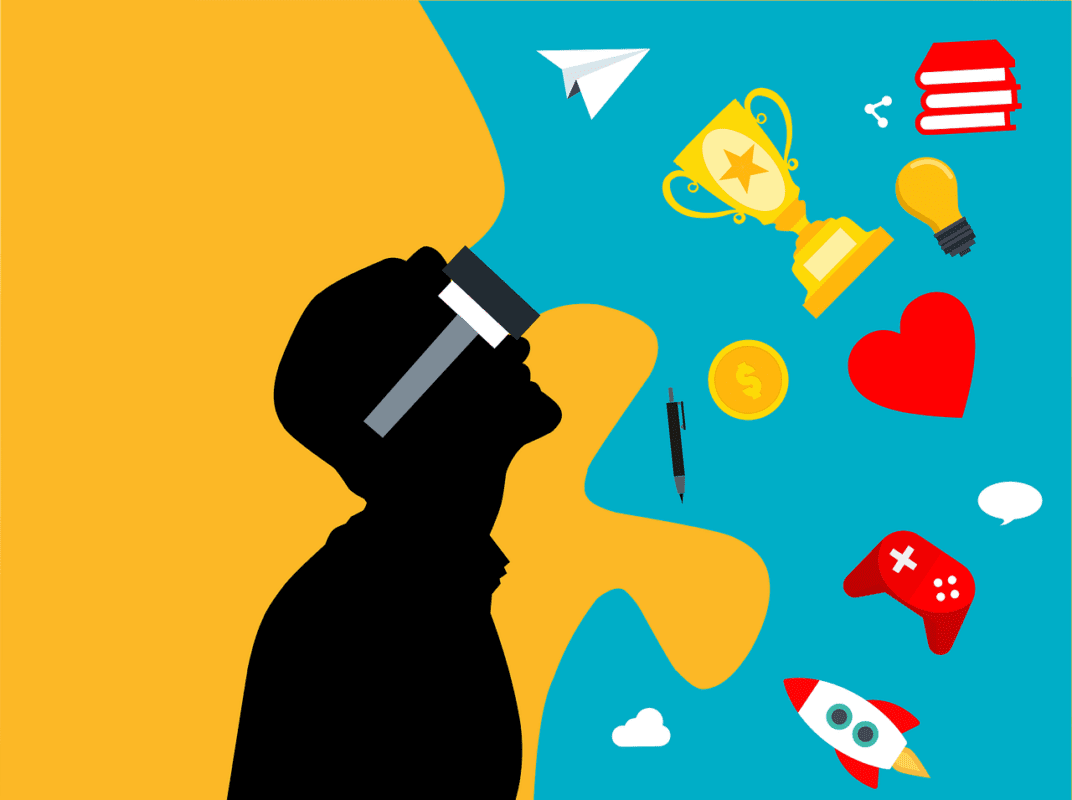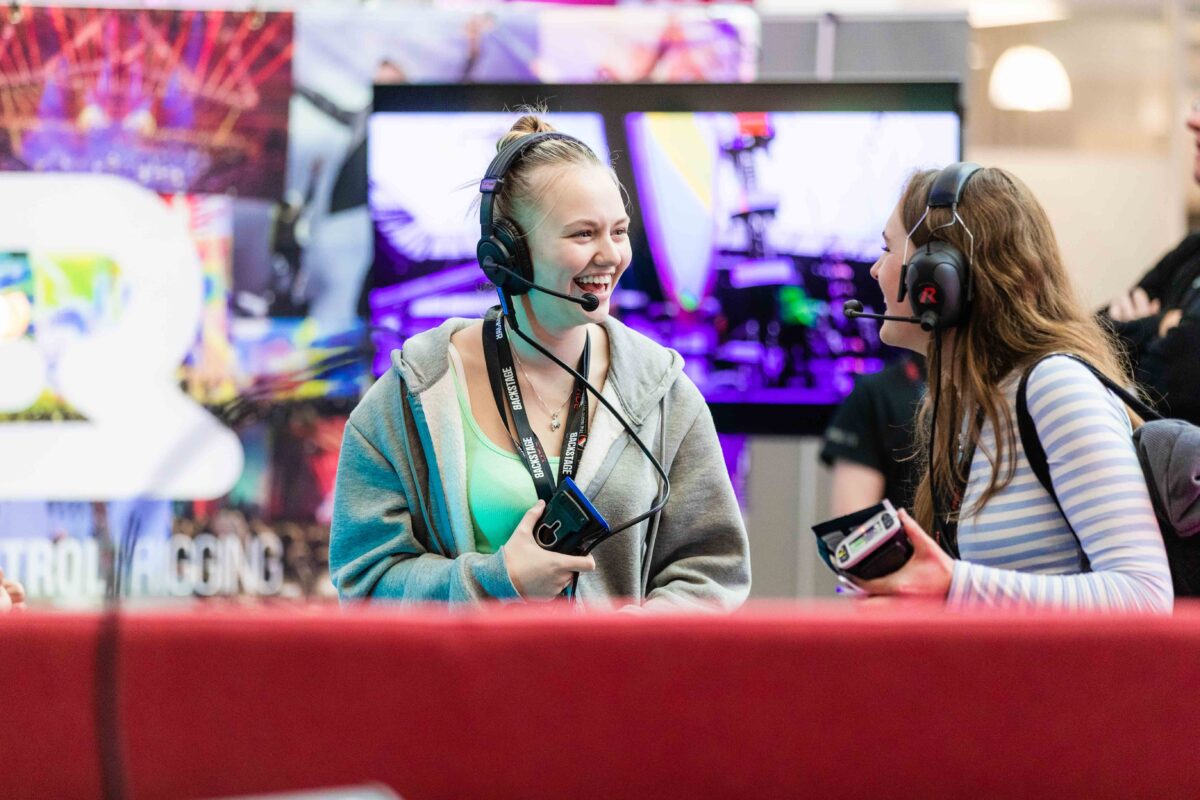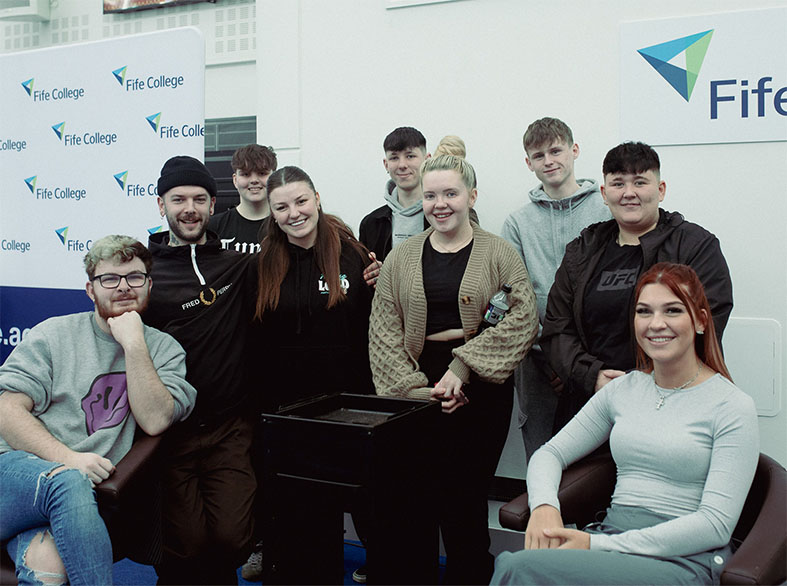How Could Universities Use the Metaverse in the Future?

The prospect of the Metaverse is incredibly exciting. While other platforms for virtual reality socialising exist already like VRChat, the Metaverse is set to create a whole new internet. The concept is to create a link between multiple 3D universes with specific applications like VRChat existing within it.
Implementing virtual reality into education could have a positive impact for students and the social aspect of school and university. Over the past few years, remote learning has become a key issue for students. With the World Economic Forum reporting that registrations for online courses shot to 92 million in 2021. However, learning over video calls can have an effect on students’ engagement, as reported by Ofqual. This could mean by improving the online environment in which students learn, the social and creative element of the Metaverse could change how students learn and interact positively.
Range of motion
The equipment available to you will have an influence on the style of avatar you create. While there is a lot of room for creativity and innovation when making an avatar, the two main types of avatars that currently being used are VR avatars and full-body avatars.
VR avatars give the user a first-person perspective from the point of view of your avatar. Using the headset and controllers that come with standard VR kits, you can look around and it will track your upper body. These avatars can be limited, as they don’t account for your legs, but they’re the easiest to implement and get started with as they’re easy to develop games and programs for them.
Tracking your full body is possible and full-body avatars do exist. However, these require advanced full-boy sensor recognition using additional trackers that won’t come standard with commercially available headsets.
Having a more advanced range of motion for online learning could see students feeling more engaged with learning. They can offer you something similar to traditional in-person learning through the internet.
Plenty of room for creativity
When creating the appearance of your avatar, you might be wondering whether to make it ultra-realistic or lean more into the cartoony or abstract. There are some tools currently available to the public to help build these augmented avatars such as 8th Wall and Ready Player Me, but how much should these avatars reflect real life?
You want to fall somewhere in the middle of realism and abstract. The current limitations of VR and technology available to us means more cartoony avatars are a good solution, as they’re not having to track every small expression from your face and are rather just tracking your words.
Being represented by an avatar created in our own image but with tweaks to make them even more unique to the individual could help to engage more with the social elements of student life. Plus, it could allow people to feel more comfortable in this new digital environment by having something they’ve created represent them and could result in them contributing more to learning sessions.
Customising an avatar from the ground up doesn’t just include hairstyle and eye colour, but your clothing as well. Changing outfits at the start of each day in the Metaverse will become just like picking which t-shirt to match your outfit in real life.
NFTs
A recent phenomenon that goes hand-in-hand with the Metaverse is NFTs. Non-Fungible Tokens (NFTs) are a digital ledger that can be bought and sold. Each NFT has a digital certificate of authenticity so when you buy it, you know you’re the only one who owns it. While they tend to be art pieces that are either static or in motion, they are also branching out into other forms.
The introduction of NFTs to the public will also have a huge impact on the Metaverse, as you’ll be able to purchase items of clothing unique to you and a select few. Nike have already jumped on this, purchasing virtual trainer designers RTFKT (“artifact”) and have released a collection of purchasable shoes for Metaverse avatars.
The collection contained 20,000 NFT trainers called the Nike Dunk Genesis Cryptokicks. Since their release, they have been bought by enthusiasts for 2.5 to 3 ether, which translates to £5750–£6900. Some of the trainers are rarer than others depending on the skin, with one pair selling for 150 ether, the equivalent of nearly £350,000. The prices for NFT items are likely to come down once the Metaverse becomes more integrated into everyday life, but the popularity of the tokens already available to purchase shows that the market is there.
The world of online learning will evolve considerably with the influence of the Metaverse. Taking students from a video call and giving them a 3D world to roam around and discover could solve the engagement issues that currently exist within that learning space. Creating an avatar can inspire creativity and help you feel more connected within a virtual reality. Finding the balance between a realistic and cartoony appearance, as well as customising to the fullest and figuring out the range of motion will have you ready for all angles of the VR world.












Responses